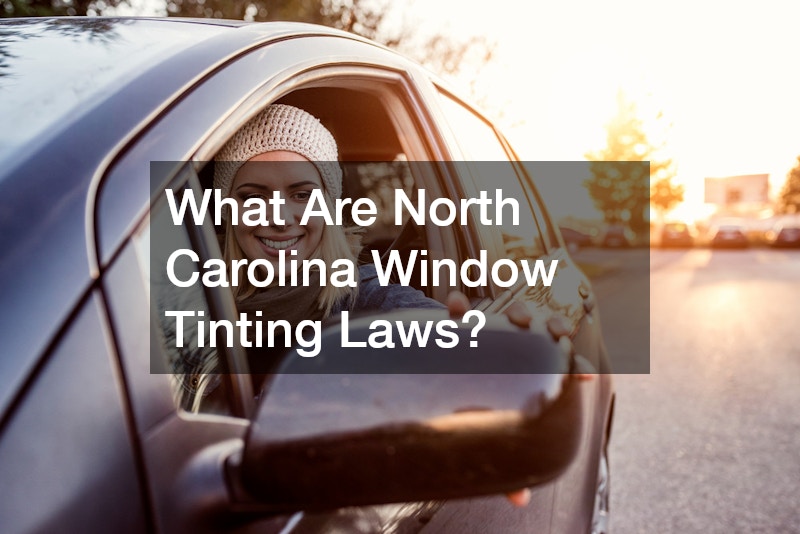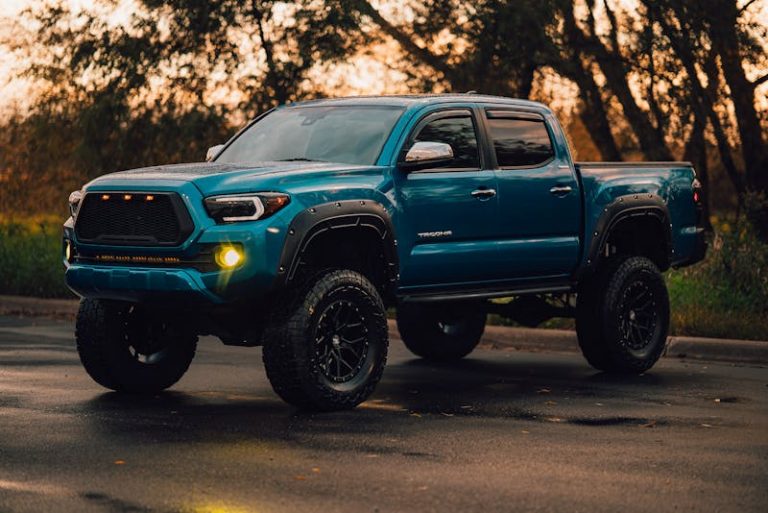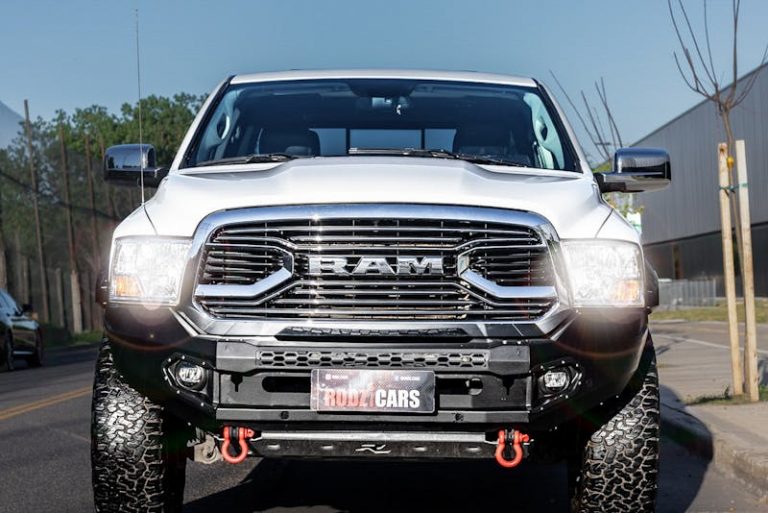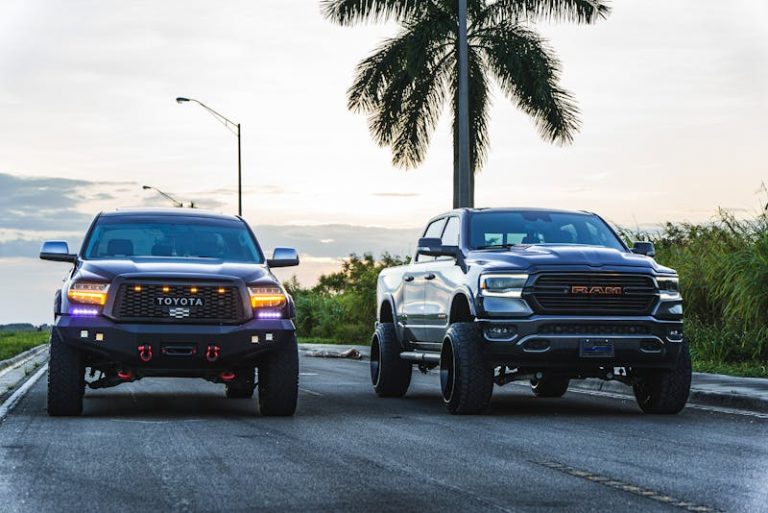

Understanding the North Carolina window tinting laws is essential for vehicle owners looking to modify their cars. These regulations are designed to ensure safety on roadways while allowing a degree of personal preference in vehicle appearance and temperature control. This article will delve into the specifics of these laws to assist you in complying effectively.
What is the Legal Tint Percentage in North Carolina?
Front Side Windows
The legal limits for tinting front side windows in North Carolina are strictly regulated. The state requires a minimum Visible Light Transmission (VLT) percentage of 35% for front side windows.
This ensures that sufficient light passes through for visibility and safety on the road.
Failure to adhere to these regulations can result in fines and the mandatory removal of non-compliant tint. While some might desire darker tints for aesthetic purposes, safety considerations are prioritized by these laws. It’s important to note that VLT percentages are measured with a specialized device.
Avoiding too dark of a tint also benefits law enforcement officers who need to see inside vehicles during traffic stops. Keeping the tint within legal limits can also enhance night driving safety by allowing more natural light into the vehicle. Therefore, understanding and abiding by the front side window tinting laws is crucial.
Back Side and Rear Windows
Rules for back side and rear window tinting are slightly more lenient in North Carolina compared to the front side windows. The allowable VLT percentage for these windows can be lower, which provides vehicle owners with more flexibility. This distinction arises from the assumption that visibility from these angles impacts both passenger comfort and privacy.
Despite the more relaxed regulations, it is still essential to comply with state law to avoid penalties. Enforcing these rules helps maintain a balance between personal preference and public safety. The distinctions in tinting regulations between different windows are made for practical and safety-oriented reasons.
For hatchbacks and SUVs, lower VLT percentages might be more common due to these vehicles’ design and usage. When tinting back side and rear windows, ensuring the tint aligns with legal standards is vital to prevent legal issues and maintain the vehicle’s functionality. Vehicle safety inspections will often include checks on tint compliance.
Windshield Tint Rules
Windshield tinting is another aspect strictly regulated in North Carolina, primarily due to its significant impact on driving visibility. The law permits tinting only on the top 5 inches of the windshield, commonly referred to as the “AS-1 line.” This restriction aims to prevent any obstruction to the driver’s view.
While tinted windshields can reduce glare from sunlight and headlights, the primary focus remains ensuring clear visibility. The laws are designed to minimize risks associated with impaired driving visibility, such as accidents. However, certain medical exemptions are available that may allow for additional tinting.
Vehicles with these medical exemptions must carry documentation at all times to justify the deviation from standard tint restrictions. Regular verification of windshield tint compliance is essential during annual vehicle inspections. These measures help maintain road safety while considering individual health needs.
Are There Any Exceptions to These Laws?
Medical Exemptions
In North Carolina, certain medical conditions may qualify vehicle owners for window tinting exemptions. Conditions like photosensitivity, which necessitate protection from UV rays, can be considered for these exceptions. The process typically involves providing medical documentation to the state’s Department of Motor Vehicles.
Once approved, an exemption certificate is issued, which vehicle owners must carry at all times. This document should be readily available to present during traffic stops or inspections to validate the exemption. Medical exemptions ensure that the laws are accommodating to individuals needing special vehicle modifications for health reasons.
It’s crucial to note that even with a medical exemption, there are still limits on how dark the tint can be. Abusing medical exemptions by using them beyond the specified guidelines can lead to penalties. Therefore, it is advised to maintain an open line of communication with official bodies to ensure compliance is met.
Law Enforcement and Emergency Vehicles
Law enforcement and emergency vehicles are subject to different window tinting regulations in North Carolina. These vehicles may use darker tints for security and operational effectiveness. Tinted windows can provide discretion and protect the identity of personnel and the contents of the vehicle.
The rationale behind these exemptions lies in the unique requirements of these vehicles during emergency responses or sensitive assignments. Tinted windows help maintain a certain level of privacy and protection, which are crucial for effective operations. While they follow different standards, these vehicles are still subject to inspections to ensure safety is upheld.
Officers using personal vehicles for official duties might need to adhere to standard tint laws unless special permissions are granted. The divergence in rules for these vehicles addresses their specific roles and aligns with their operational necessities. These exemptions are an important part of practical law enforcement logistics.
Antique and Classic Cars
Antique and classic cars are often considered for special window tinting rules to preserve their historical integrity. In North Carolina, vehicles over a certain age may qualify for exemptions that consider the aesthetic and functional preservation of the car. Such exemptions are typically less stringent, reflecting the cultural value of maintaining these cars’ original specifications.
Owners of antique cars often value authenticity, and state laws recognize this by offering some relaxation in tint regulations. This allows for the continued appreciation and showcase of classic cars without imposing modern legal constraints that might alter their appearance. Still, safety remains a priority, and such exemptions are evaluated to ensure they don’t compromise driving visibility.
Those seeking these exemptions should contact local authorities or automotive clubs specializing in classic cars to understand specific requirements. Adhering to the parameters of these exemptions helps preserve the cultural and historical significance of antique cars. Careful documentation and adherence to outlined guidelines can ensure compliance and prolong the life of these automotive treasures.
.






